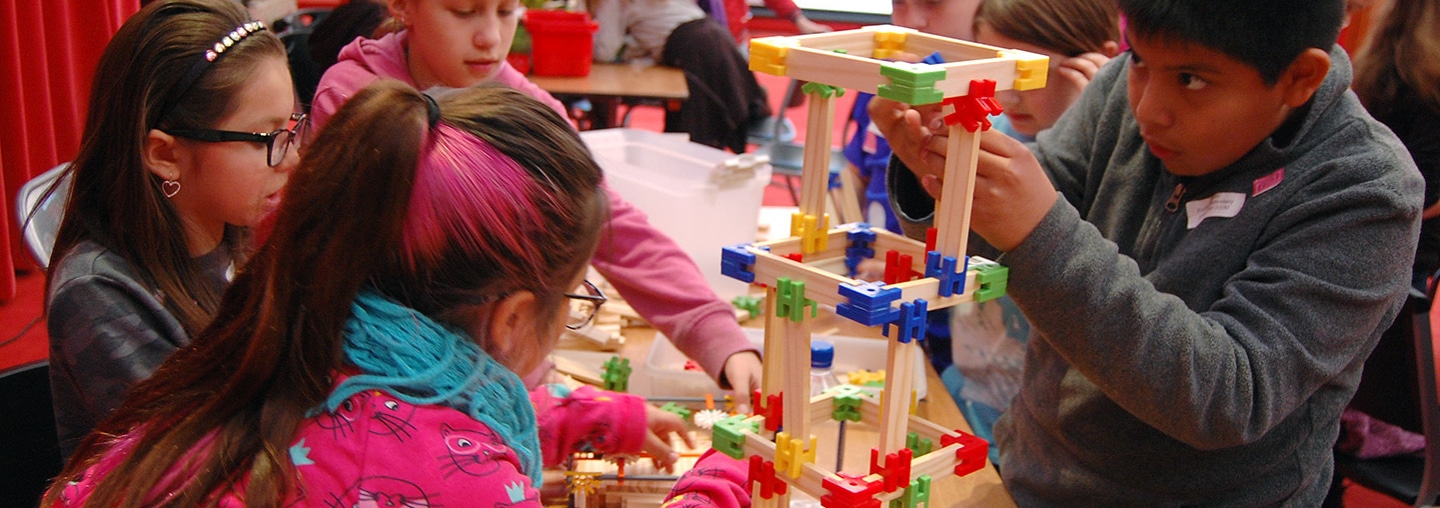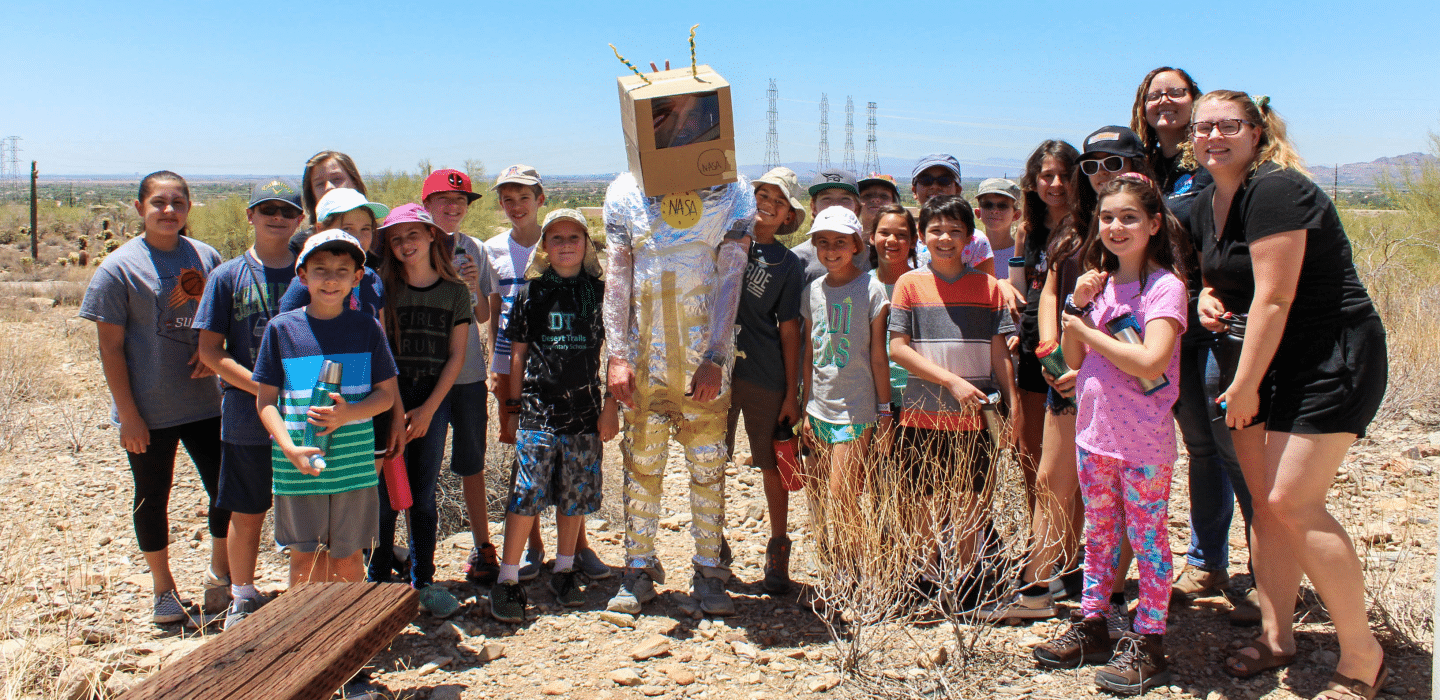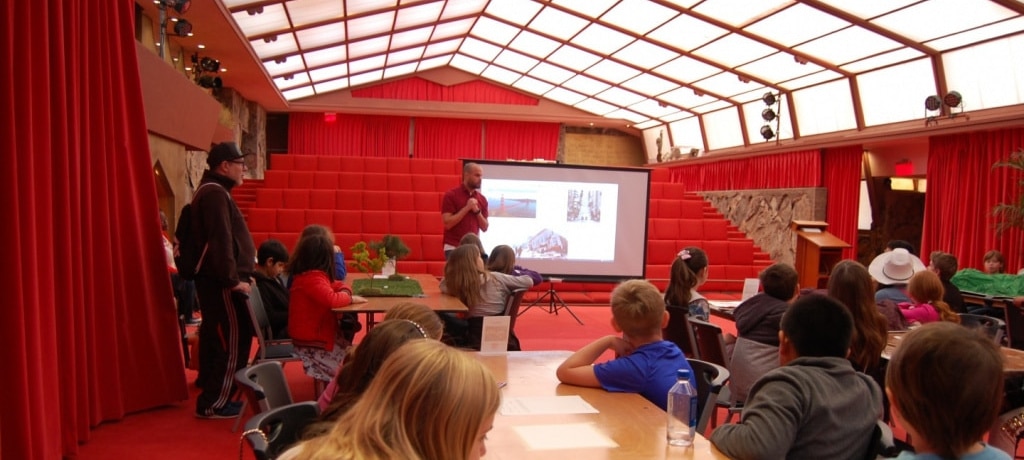
Architecture Officially Recognized as STEM Subject: Q&A with Frank Lloyd Wright Foundation Education Director
Frank Lloyd Wright Foundation | Mar 8, 2019
A recent act that was passed by the United States Congress will make architecture an officially recognized STEM subject. We asked Kevin Conley, Frank Lloyd Wright Foundation Director of Education, about why this is significant for the architecture community, how students can benefit from learning architecture principles, and more.
In July, the Strengthening Career and Technical Education for the 21st Century Act was passed by the United States Congress. The bi-partisan act, which goes into effect on July 1, 2019, is meant to improve Career and Technical Education (CTE) resources for schools, employers, students, and learners on all levels. In addition, this federally funded initiative will lead to architecture being recognized as a STEM (science, technology, education, and mathematics) and STEAM (science, technology, education, arts, and mathematics) subject.
We sat down with Frank Lloyd Wright Foundation Director of Education, Kevin Conley, to learn more about the significance of this new legislation and how architectural principles and STEAM work together.

Kevin Conley, Frank Lloyd Wright Foundation Director of Education
What does the recognition of architecture as a STEAM subject mean and why is it significant?
Kevin: The recognition of architecture in STEAM education is a major achievement in teaching architecture to K -12 students. Architecture allows students to explore and learn many different science subjects from engineering to the arts. Wright’s philosophy was to have his architecture students become a whole person. To learn music, cook, paint, and do more than just architecture. Wright often emphasized the idea of learning by doing, a principle we impart on all of our students.
The major significance and recognition of STEAM education allows educators to no longer teach through a single lens subject of architecture, but finally allows recognition to teach students about architecture through multiple lenses that range on a spectrum from the arts to the many different science subjects that architecture falls under. Just like Wright did with his students in the 1940s.
How do you feel architecture concepts align with STEAM, and why does the Foundation teach STEAM rather than STEM?
Kevin: Architecture is probably one of the best subjects to align with STEAM education for students to learn at any level. The subject matter in architecture allows educators to apply science, technology, engineering, and mathematics to every lesson they do when teaching students about architecture. Students will need to learn about science, technology, engineering, and math when creating a room, building, or structure. The Foundation adds the arts because the arts bring creativity into the science of building structures. It allows the students to think of ideas in a new way that no one else has.

How does the Frank Lloyd Wright Foundation incorporate STEAM principles into educational programming?
Kevin: The Frank Lloyd Wright Foundation has developed multiple lessons and curriculums based around STEAM education principles. We offer summer camp programs, classroom kits, and field trips that include hands-on activities and tours. All of these programs combine science, technology, engineering, and mathematics, but most importantly, add the arts. When you combine the arts with those other subjects, students are able to make stronger connections. In the end, their own architectural and design ideas, creativity, and eagerness to learn becomes almost unstoppable because it is so personal.
Why do you believe the teaching of architecture concepts at a high school level is important?
Kevin: I think it is important for a few reasons. First, Architecture is absolutely a topic that most, if not all, students should have experience with. Not just because we want to have more architects, but because it is a field that incorporated all aspects of STEAM. Most subjects in all levels of education are taught as a subject. If it’s done through architecture, then students can be making the connections they need for going into the real world. Additionally, having architecture in high schools will help bring the topics to earlier grades which will give teachers more tools to teach in the Common Core and Next Generation Science standards.

What do you think are some of the ways students and society can benefit from learning architecture concepts?
Kevin: Learning architecture allows students to explore multiple subjects and learn how they integrate with architecture, art, and all the other subjects they encounter in school. In my opinion, schools have taught in a way that was too siloed for each individual subject. When students learn architecture, through STEAM education, it can benefit society because it adds a level of creativity into their thinking. They are no longer just trying to remember facts and dates, but they are thinking about the world in a new way and making bigger connections with the world around them. This can begin at home by thinking about how their own room is designed. This allows students to be connected personally to a topic discussed in an architecture course.
Because of this personal connection, the students are then motivated to learn and more importantly, apply their new knowledge to dream up any design solution they can think of to solve a problem. This is an experience that can stick with a student causing them to apply this way of thinking about a wide range of topics.



